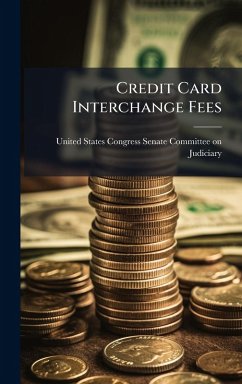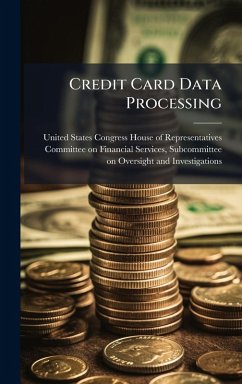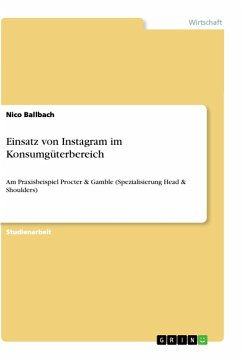
Credit Card Effectiveness by Different Channels and Promotions
Acquisition Channels and Promotion Strategies can have impact on the profitability of credit card portfolio
Versandkostenfrei!
Versandfertig in 6-10 Tagen
32,99 €
inkl. MwSt.

PAYBACK Punkte
16 °P sammeln!
The rapid growth of Taiwan credit card market has created an extremely competitive environment which has urged all the players to take their stands as early as possible. The dilemma of how to rapidly increase market share to achieve economies of scale so as to reach break even point, while dealing with declining or diminishing profitability arose from the execution of expeditious new card acquisition strategy, is becoming an important subject for card issuers in Taiwan. From the execution perspective, identification of acquisition channels and promotion strategies that can bring in profitable ...
The rapid growth of Taiwan credit card market has
created an extremely competitive environment which
has urged all the players to take their stands as
early as possible. The dilemma of how to rapidly
increase market share to achieve economies of scale
so as to reach break even point, while dealing with
declining or diminishing profitability arose from
the execution of expeditious new card acquisition
strategy, is becoming an important subject for card
issuers in Taiwan. From the execution perspective,
identification of acquisition channels and promotion
strategies that can bring in profitable card base
helps credit card issuers to formulate their overall
acquisition strategies. The objective of this study
is to investigate and analyze the effectiveness
(namely: cancellation, spending and revolving
behaviors) of the credit cards acquired by different
acquisition channels and/or under separate promotion
strategies, and to understand the degree of
effectiveness and their value contribution to credit
card issuers.
created an extremely competitive environment which
has urged all the players to take their stands as
early as possible. The dilemma of how to rapidly
increase market share to achieve economies of scale
so as to reach break even point, while dealing with
declining or diminishing profitability arose from
the execution of expeditious new card acquisition
strategy, is becoming an important subject for card
issuers in Taiwan. From the execution perspective,
identification of acquisition channels and promotion
strategies that can bring in profitable card base
helps credit card issuers to formulate their overall
acquisition strategies. The objective of this study
is to investigate and analyze the effectiveness
(namely: cancellation, spending and revolving
behaviors) of the credit cards acquired by different
acquisition channels and/or under separate promotion
strategies, and to understand the degree of
effectiveness and their value contribution to credit
card issuers.












